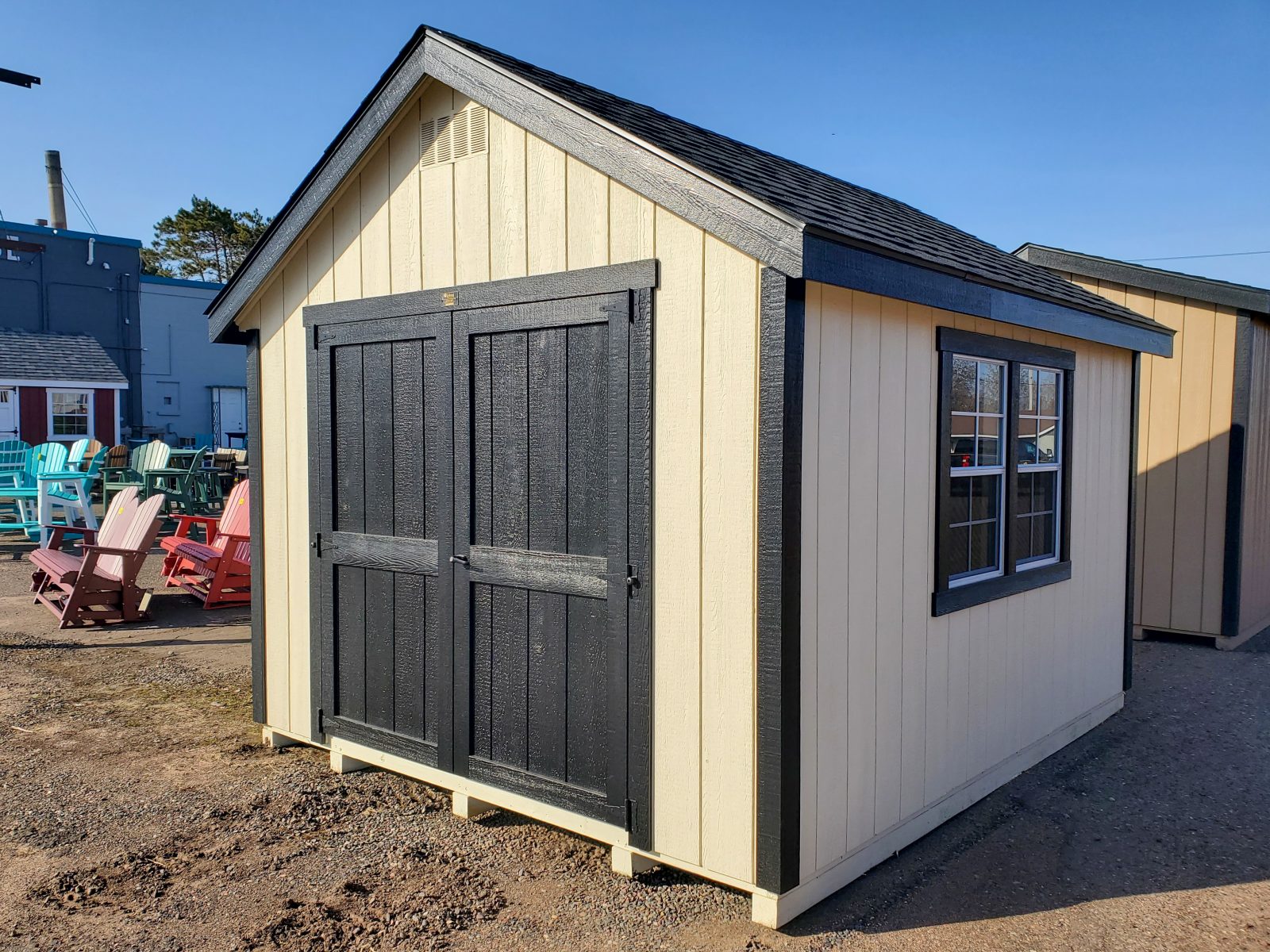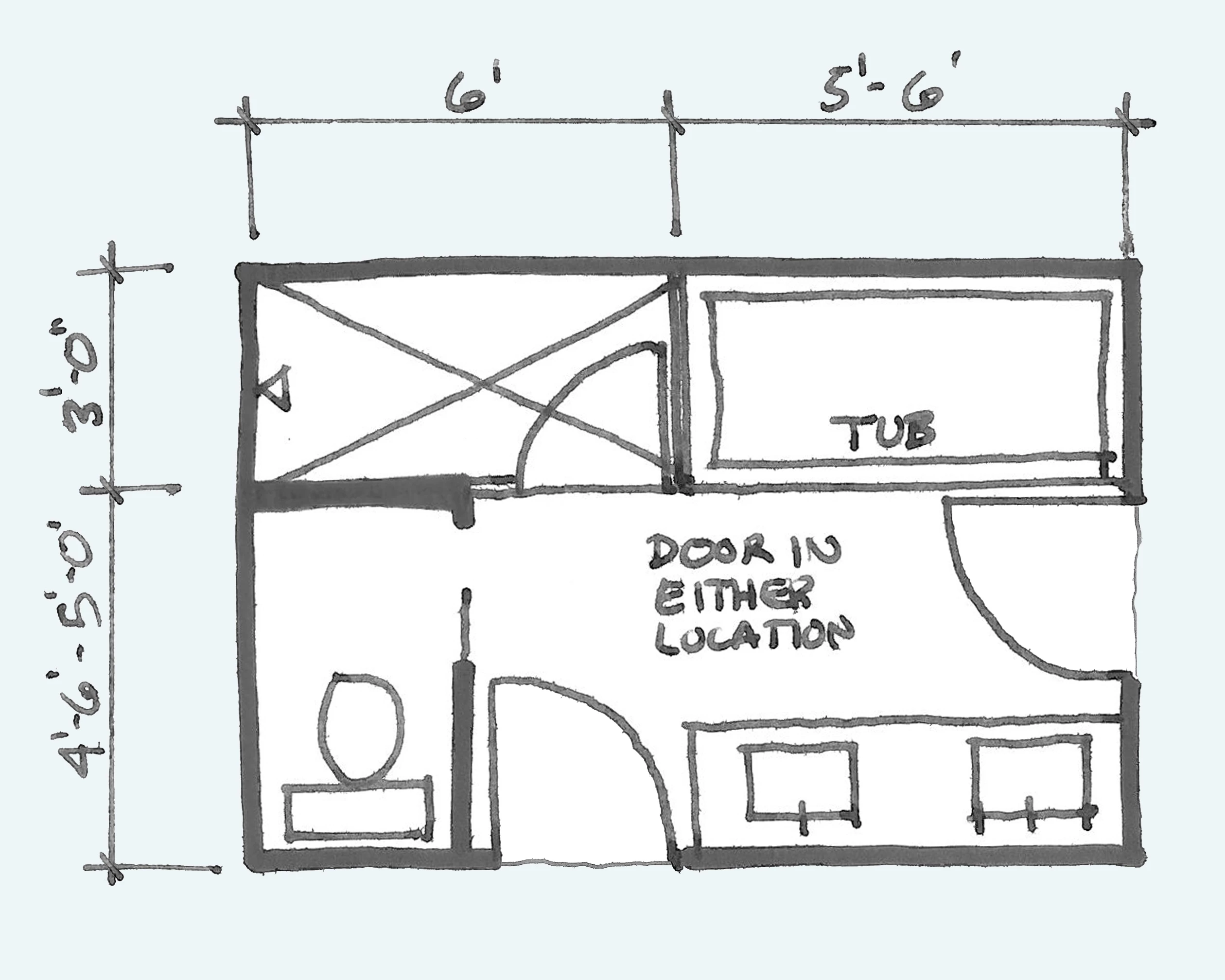Maximizing Space in a 10×12 Bathroom

A 10×12 bathroom offers a comfortable size for a functional and stylish space. However, maximizing its potential requires careful planning and design choices. This guide explores strategies to optimize space utilization, prioritize functionality, and minimize wasted areas.
Common Bathroom Layouts
Choosing the right layout is crucial for maximizing space in a 10×12 bathroom. Several common layouts offer advantages based on individual needs and preferences.
- Single-Vanity Layout: This layout features a single vanity, toilet, and shower/tub combination, ideal for smaller bathrooms. It optimizes space by placing the vanity against a wall, allowing for a compact and efficient arrangement.
- Double-Vanity Layout: Suitable for larger families or those who prefer a more spacious feel, this layout includes two vanities, a toilet, and a shower/tub combination. It provides ample storage and counter space for personal items.
- Separate Shower and Tub Layout: This layout offers a dedicated shower and bathtub, providing flexibility and comfort. It can be implemented in a 10×12 bathroom by utilizing a corner shower or a freestanding bathtub to save space.
Maximizing Storage Space
Efficient storage solutions are essential for keeping a 10×12 bathroom organized and clutter-free.
- Vertical Storage: Utilizing vertical space with shelves and cabinets maximizes storage capacity without sacrificing floor space. Wall-mounted cabinets above the toilet or vanity can accommodate towels, toiletries, and other bathroom essentials.
- Under-Vanity Storage: Utilize the space beneath the vanity with drawers or pull-out shelves for storing towels, toiletries, and other bathroom supplies.
- Medicine Cabinets: Medicine cabinets provide a discreet and convenient storage solution for medications, toiletries, and other personal items.
Space-Saving Features
Integrating space-saving features into a 10×12 bathroom design can enhance functionality and aesthetics.
- Corner Shower: A corner shower efficiently utilizes space by fitting snugly into a corner of the bathroom, maximizing the remaining floor area.
- Freestanding Bathtub: A freestanding bathtub can create a luxurious and elegant ambiance while saving space compared to traditional built-in bathtubs.
Creating a Relaxing Ambiance
Transforming a 10×12 bathroom into a tranquil oasis requires careful consideration of color palettes, lighting, materials, and design elements. The goal is to create a space that promotes relaxation and rejuvenation, offering a sanctuary from the stresses of daily life.
Color Palettes and Lighting
Color plays a significant role in setting the mood. Soft, muted tones, such as pale blues, greens, and grays, create a sense of calm and serenity. Earthy tones like beige and brown can evoke a feeling of grounding and stability. Avoid overly bright or jarring colors, as they can be stimulating and disruptive to relaxation.
Lighting is equally important in creating a relaxing ambiance. Natural light is ideal, so maximizing window space is crucial. When incorporating artificial lighting, opt for warm, soft white bulbs, which are less harsh and create a more inviting atmosphere. Consider incorporating dimmers to adjust the lighting intensity according to the desired mood.
Materials and Textures for a Spa-Like Feel
Materials and textures can enhance the spa-like experience. Natural stone, such as marble or granite, adds a touch of luxury and sophistication. Soft, plush towels and bath mats contribute to a sense of comfort and indulgence. Incorporating elements like bamboo, wood, and rattan can bring in natural warmth and create a connection to the outdoors.
Incorporating Natural Elements
Bringing the outdoors in is a powerful way to create a serene and relaxing bathroom. Consider adding houseplants, which not only enhance the aesthetic appeal but also purify the air. If possible, incorporate a window that allows natural light to flood the space. A small window seat or a cozy corner with a comfortable chair can provide a spot to relax and enjoy the view.
Creating a Visually Appealing and Functional Vanity Area
The vanity area is a focal point in the bathroom, so it’s essential to make it both visually appealing and functional. Choose a vanity with ample storage to keep toiletries and other items organized. A large mirror can create the illusion of more space and reflect light, making the area feel brighter. Consider incorporating a stylish countertop material, such as quartz or granite, and adding decorative touches like a vase with fresh flowers or a small piece of artwork.
Designing for Accessibility: 10 X 12 Bathroom Layout Ideas

Creating a bathroom that is accessible for people with mobility challenges is an essential consideration for any homeowner. Universal design principles can be incorporated into the bathroom layout to ensure it is functional and comfortable for individuals of all abilities.
Installing Grab Bars
Grab bars provide crucial support and stability, especially when getting in and out of the shower or using the toilet. They should be installed strategically in key areas, such as near the toilet, shower, and bathtub.
- Placement: Grab bars should be placed at a height that is comfortable for the user, typically between 33 and 36 inches above the floor.
- Material: Grab bars should be made of sturdy materials, such as stainless steel or chrome, and should be securely mounted to the wall studs for optimal support.
- Spacing: Grab bars should be spaced at least 1 1/2 inches from the wall to allow for a comfortable grip.
Walk-in Showers, 10 x 12 bathroom layout ideas
Walk-in showers eliminate the need to step over a high curb, making it easier for individuals with mobility limitations to enter and exit the shower.
- Curbless Design: A curbless shower design allows for a seamless transition between the bathroom floor and the shower floor, eliminating any potential tripping hazards.
- Shower Seat: A built-in shower seat or a portable shower chair can provide a comfortable and safe place to sit while showering.
- Handheld Showerhead: A handheld showerhead offers greater flexibility and control, allowing users to direct the water flow as needed.
Raised Toilets
Raised toilets can make it easier for individuals to sit down and stand up, reducing strain on the knees and hips.
- Height: Raised toilets are typically 17 to 19 inches high, compared to standard toilets which are around 15 inches high.
- Installation: Raised toilets can be installed in a variety of ways, including using a toilet riser or replacing the existing toilet with a higher model.
- Safety Features: Raised toilets often come with safety features such as grab bars and elongated bowls for increased comfort and stability.
Lighting and Pathways
Adequate lighting and clear pathways are essential for safe navigation within the bathroom.
- Bright Lighting: Install bright lighting in the bathroom, particularly around the shower and toilet areas. Use a combination of overhead and task lighting to ensure optimal visibility.
- Clear Pathways: Ensure that all pathways within the bathroom are clear of obstructions, such as furniture, rugs, or clutter. Consider using contrasting colors for floors and walls to help visually distinguish different areas.
- Nightlights: Install nightlights in strategic locations to provide illumination at night, making it easier to navigate the bathroom safely.
Non-Slip Flooring and Safety Features
Non-slip flooring is crucial for preventing falls, especially in wet areas like the shower and bathtub.
- Texture: Choose flooring with a textured surface to provide better traction and prevent slipping. Non-slip mats can also be used in areas where the floor is smooth.
- Material: Consider using materials that are known for their slip-resistant properties, such as tile with a textured finish or rubberized flooring.
- Slope: Ensure that the bathroom floor slopes slightly towards the drain to prevent water from pooling and creating a slippery surface.
